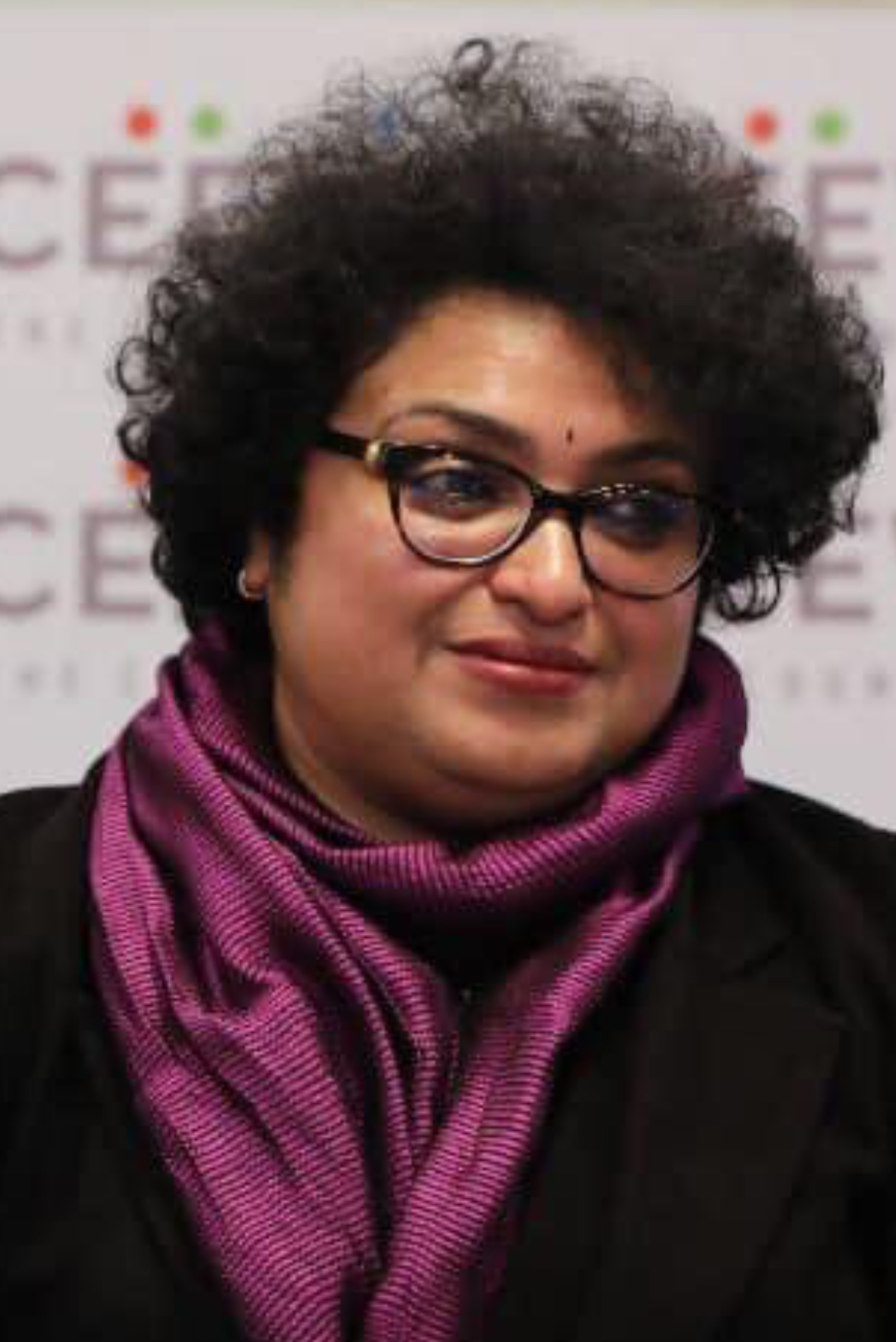Burgeoning crude oil prices have raised concerns about India’s Current Account Deficit (CAD). Oil imports are a major constituent of India’s import bill. The rupee has hit fresh lows in September 2018 as the crude prices have risen.
Though the falling rupee is interpreted as good for export competitiveness, the leverage from exports to stem the Balance of Payment (BoP) crisis cannot be the sole short term strategy before the government. In meetings held by Prime Minister Modi with his economic advisers and Finance Ministry officials, it was emphasized that the strategies should be to focus on “strengthening the macro-economic fundamentals” and to remain firm in the path of fiscal consolidation through revenue buoyancy strategies. This fiscal policy emphasis is welcome, when compared to an option of a clarion call by Reserve Bank of India through intervening in market to “artificially stabilize” the Rupee to a specific level.
Given the “New Monetary Framework” (NMF) agreement signed between Government of India and RBI in February 2016, the single mandate of RBI is “price stability” - or inflation targeting- rather than exchange rate management. This mandate was given respect in the strategic solutions suggested in the meeting chaired by the Indian Prime Minister himself.
Finance Minister Arun Jaitley, announced a series of measures to boost market confidence, curb the widening Current Account Deficit (CAD) and stabilize the rupee after the marathon meeting with Prime Minister on the nation’s economy.
Mr. Jaitley said important decisions have been taken to address the issue of the current account deficit, which has touched 2.4% of gross domestic product in the June quarter. Mandatory hedging conditions for infrastructure loans through the external commercial borrowing (ECB) route will be reviewed and a 20% exposure limit on investments by foreign portfolio investors in debt to a single corporate group will be removed.
Government will permit the manufacturing sector to access ECBs up to $50 million with residual maturity of one year instead of three years. ‘Masala’ bonds (Masala bonds are bonds issued outside India but denominated in Indian Rupees, rather than the local foreign currency) will be exempted from withholding tax this financial year and Indian banks will be allowed to become market makers in ‘masala’ bonds including by underwriting. These measures are welcome, to boost the “confidence”.
The rising crude prices, significantly affects the balance sheets of corporate firms to repay overseas loans and it also increases the import bill as we import crude oil to meet around eighty per cent of our energy needs.
The RBI could raise interest rates, though they would do that to curb volatility and also to prevent the outflow of capital due to widening interest rate differentials between India and the West. However, such policy actions may trigger panic reaction among foreign investors. Despite interest rate hike, the interventions could lead to capital flight, like what had happened in 2013. Therefore the policy strategies need to be extremely cautious of foreign investor “sentiments”.
As “external factors”- like US Central bank Fed Reserve’s monetary policy tightening, protectionist spree and the US trade war, the weakening of currency globally especially in other emerging markets- are affecting the exchange rate more than the “internal factors”, the two-fold strategic solutions to stem BoP crisis should be; (A) to strengthen India’s “macroeconomic fundamentals” and (B) to ensure the “stability of capital flow” as India can then comfortably continue to finance the Current Account Deficit (CAD) through stable capital flows.
The point to be borne in mind is that there is no panic in the current situation, unlike the case of 1991 crisis when Foreign exchange reserves were sufficient for only for a few weeks’ imports. It is also not as bad as the situation was in 2008, post the Lehman Brothers’ collapse and the global financial crisis.India has experienced widening of Current Account Deficit during times of economic growth revival earlier also. Policy analysts are confident that the present BoP crisis is relatively insignificant and will pass due to India’s strong fundamentals.
This blog post was originally prepared for the External Services Division of All India Radio, Ministry of Information and Broadcasting, Government of India. Broadcast on September 17th, 2018, All Units. http://airworldservice.org. And later published in Financial express, editorial page on September 18th.
The views expressed in the post are those of the author only. No responsibility for them should be attributed to NIPFP.

